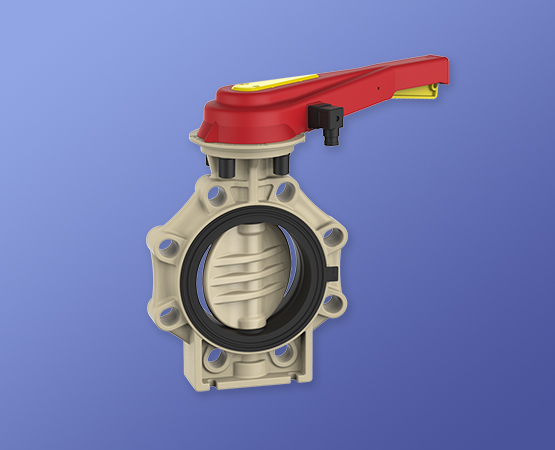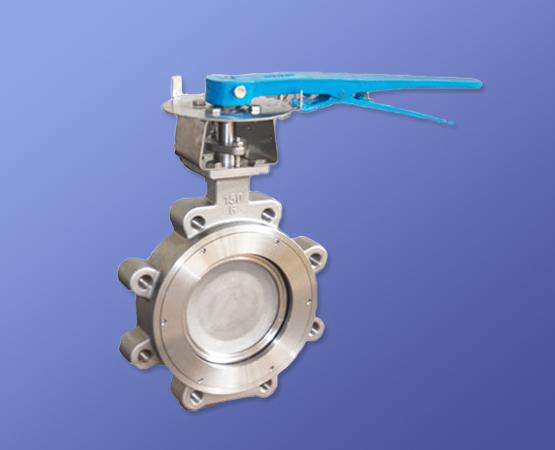BUTTERFLY VALVES
Butterfly valve Operation is like that of a ball valve, which considers snappy shut off. Butterfly valves are commonly preferred on the grounds that they cost not exactly other valve plans, and are lighter in weight so they need less help. The plate is situated in the focal point of the line. A pole goes through the circle to an actuator outwardly of the valve. Pivoting the actuator turns the plate either equal or opposite to the stream. In contrast to a ball valve, the circle is consistently present inside the stream, so it incites a weight drop, in any event, when open.
A butterfly valve is from a group of valves called quarter-turn valves. In activity, the valve is completely open or shut when the plate is pivoted a quarter turn. The "butterfly" is a metal circle mounted on a pole. At the point when the valve is shut, the circle is turned so it totally closes off the way. At the point when the valve is completely open, the circle is pivoted a quarter turn with the goal that it permits a practically unlimited section of the liquid. The valve may likewise be opened steadily to choke stream.
| DESIGN STANDARD |
API 609 |
| TESTING STANDARD |
BS EN 12266-1 |
| M.O.C. |
WCB / CF8 / CF8M / ALLOY-20 / NICKLE / DUPLEX STEEL / HAST-B / HAST-C & OTHER ALLOYS. |
| END CONNECTION |
WAFER |
| OPERATION |
HAND LEVER / GEAR / ACTUATOR |

